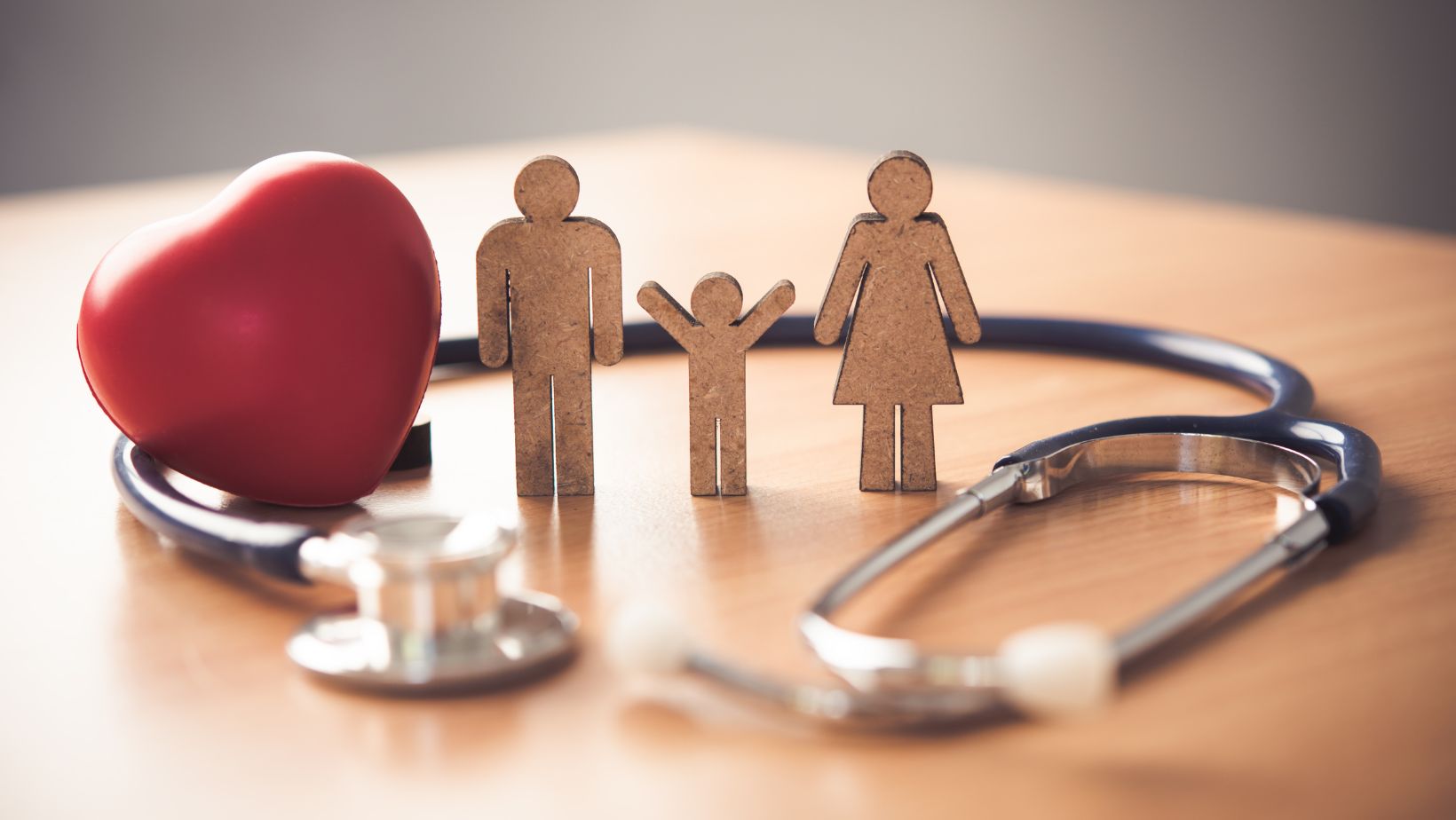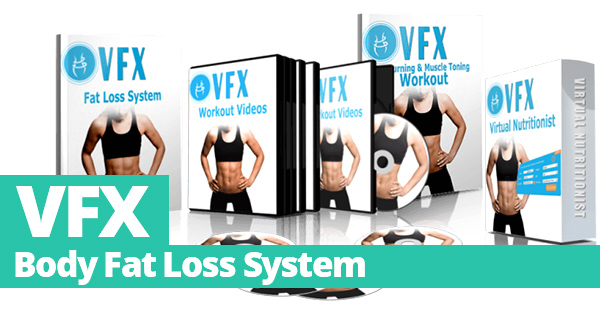In today’s digital age, 3D medical animation has become a powerful tool for healthcare marketing and education. Whether it’s explaining complex medical procedures, promoting new treatments, or educating patients, 3D animation makes information visually engaging and easy to understand. High-quality animations enhance communication between healthcare providers, patients, and medical professionals, making it easier to convey important concepts with clarity.
By using the right techniques and strategies, medical animations can be optimized to improve patient understanding, boost engagement, and strengthen brand presence in the healthcare industry.
Why 3D Medical Animation is Essential in Healthcare
Medical topics can be difficult to explain, especially when dealing with advanced procedures, microscopic structures, or internal body functions. 3D animations bridge this gap by transforming complex information into easy-to-digest visuals. They enhance patient education, assist in professional training, and support medical marketing efforts by making concepts more relatable.
Key Benefits of 3D Medical Animation:
- Simplifies Complex Medical Concepts: Breaks down complicated procedures for better understanding.
- Improves Patient Education: Helps patients visualize treatments and medical conditions.
- Enhances Marketing Strategies: Engages audiences and promotes medical products effectively.
- Supports Training and Medical Research: Provides accurate visualizations for medical professionals.
- Boosts Social Media and Digital Presence: Increases engagement on healthcare websites and online platforms.
Effective 3D Medical Animation Tips
Creating high-quality 3D medical animation requires a strategic approach to ensure accuracy, clarity, and engagement. The following tips help in optimizing animations for healthcare marketing and education.
1. Focus on Accuracy and Scientific Integrity
Medical animations must be precise and based on real anatomical structures and biological processes. Ensuring accuracy builds trust with healthcare professionals, researchers, and patients. Working closely with medical experts, using authentic references, and following clinical guidelines help maintain scientific credibility.
2. Use High-Quality Visuals and Realistic Effects
Clear and visually appealing animations enhance viewer engagement. High-quality 3D rendering, realistic textures, and smooth motion effects make animations more compelling. Using appropriate colors and lighting techniques improves visibility and enhances the overall impact of medical illustrations.
3. Simplify Complex Information for Better Understanding
While medical professionals may understand technical terminology, patients and general audiences require simpler explanations.

Using visual storytelling, step-by-step breakdowns, and labeled diagrams helps make animations accessible to a broader audience. Clear narration and subtitles further improve comprehension.
4. Optimize for Multiple Platforms and Devices
3D medical animations should be adaptable for various platforms, including websites, social media, presentations, and mobile apps. Ensuring compatibility with different screen sizes and resolutions enhances accessibility. Shorter animations are ideal for social media engagement, while detailed versions work well for in-depth educational content.
5. Incorporate Engaging Storytelling and Narration
Adding a compelling narrative to medical animations helps maintain audience interest. Instead of just presenting medical facts, using a patient-centered approach makes animations more relatable. Professional voiceovers, subtitles, and background music enhance the storytelling experience and make information easier to retain.
6. Utilize Motion Graphics and Interactive Elements
Combining 3D animation with motion graphics and interactive elements enhances engagement. Viewers can explore different anatomical structures, zoom in on specific areas, or interact with the content for a more immersive learning experience. Interactive animations are especially useful in medical training and patient education apps.
7. Maintain Consistency with Branding and Messaging
Healthcare organizations and medical brands should ensure consistency in animation styles, color schemes, and messaging. Aligning animations with a company’s branding creates a recognizable identity and strengthens trust among audiences. Consistent branding across animations helps in maintaining a professional and cohesive look.
Comparing 3D Medical Animation with Other Visual Tools
3D medical animation offers several advantages over traditional visual tools such as static images, 2D illustrations, and live-action videos. The table below highlights key differences:
|
Visual Tool |
Advantages |
Best Use Cases |
|
3D Medical Animation |
Highly detailed, realistic, and engaging |
Patient education, surgical demonstrations, medical marketing |
|
2D Illustrations |
Simple, cost-effective, and easy to create |
Textbooks, medical brochures, basic anatomy explanations |
|
Static Images |
Quick to produce, good for print materials |
Posters, infographics, medical manuals |
|
Live-Action Videos |
Provides real-world medical scenarios |
Training simulations, patient testimonials, surgical recordings |
Applications of 3D Medical Animation in Healthcare
3D medical animations serve a wide range of purposes in healthcare, from improving patient communication to advancing medical research.
1. Patient Education and Awareness
Patients often struggle to understand medical conditions and treatments. 3D animations make it easier to explain complex procedures such as surgeries, medication effects, and disease progression.
2. Medical Training and Professional Development
Doctors, surgeons, and medical students benefit from 3D animations in training programs. Animations provide detailed insights into human anatomy, surgical techniques, and new medical technologies, improving learning efficiency.
3. Pharmaceutical and Biotech Marketing
Pharmaceutical companies use 3D animations to showcase how drugs work inside the body. These animations help in explaining mechanisms of action, treatment benefits, and drug interactions to healthcare professionals and consumers.
4. Medical Device Demonstrations
Manufacturers of medical devices use animations to illustrate product functions and benefits.

This approach simplifies the training process for healthcare providers and makes marketing campaigns more effective.
5. Social Media and Healthcare Digital Campaigns
Short, engaging 3D medical animations perform well on social media platforms. Hospitals, clinics, and health organizations use them to share health tips, promote medical services, and spread awareness about important health topics.
Finest Practices for Creating Impactful 3D Medical Animations
To maximize the effectiveness of 3D medical animations, certain best practices should be followed:
- Ensure medical accuracy by consulting healthcare professionals.
- Use high-quality graphics for a polished and professional look.
- Keep the content concise while delivering key information.
- Make animations accessible by adding subtitles and multiple language options.
- Test the animation’s impact by gathering feedback from medical professionals and target audiences.
Conclusion
3D medical animation is transforming healthcare marketing and education by making complex information more engaging and accessible. With high-quality visuals, accurate storytelling, and interactive elements, these animations enhance patient understanding, improve medical training, and strengthen healthcare marketing efforts. By applying the right techniques and strategies, healthcare organizations can maximize the effectiveness of 3D medical animations, ensuring clear communication and better engagement with their audience. As technology continues to evolve, the use of 3D animation in healthcare will play an even greater role in bridging the gap between medical professionals, patients, and the broader healthcare community.



